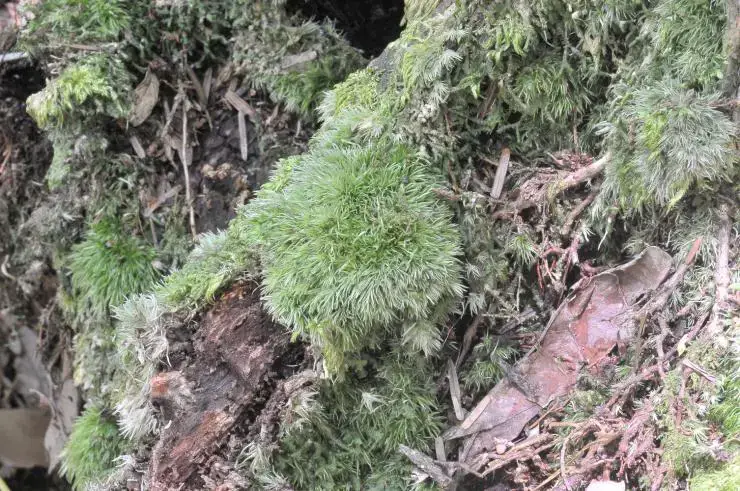
7037e79d418c961c5141889e083833ce.jpg from: https://taieol.tw/muse/digi_object/2355523fe7d6b11d4b7a8ac495911fd7
Exploring the Fascinating World of Himantocladium Graeffeanum Moss
Introduction
Mosses are some of the most ancient and resilient plants on Earth, having evolved over 400 million years ago. One particularly interesting species is Himantocladium graeffeanum (Müll.Hal.) M.Fleisch., a moss in the Neckeraceae family. In this blog post, we’ll take a closer look at this fascinating bryophyte, from its unique morphology to its ecological roles. Get ready to dive into the miniature world of Himantocladium!
Background
Himantocladium graeffeanum is a species of moss classified in the Bryophyta phylum and Bryopsida class. It was first described scientifically in the late 19th century by German botanist Carl Müller, with the species name honoring Swiss botanist Hermann Graeffe. The genus name Himantocladium comes from the Greek words for “strap” and “branch”, referring to the plant’s strap-like branches.
Morphology and Identification
H. graeffeanum forms loose mats with irregularly branched stems that are flattened and creeping. The leaves are oblong-ovate in shape, measuring about 2-3 mm long. They are complanate (lying flat) and often have undulate (wavy) margins. The leaf cells are elongate and smooth.
One key identifying feature is the presence of flagelliform branch tips – thin, whip-like extensions at the ends of some branches. Sporophytes (spore-producing structures) are rarely produced. When present, the capsules are ovoid and borne on short setae (stalks).
Global Distribution and Habitat
Himantocladium graeffeanum has a pantropical distribution, found in tropical regions around the world including:
- Southeast Asia (Indonesia, Malaysia, Philippines, etc.)
- Pacific Islands (Fiji, Samoa, Hawaii, etc.)
- Tropical parts of the Americas
It typically grows as an epiphyte on tree trunks and branches in moist, shady forests from lowlands to mountains. The moss is often found in association with other epiphytes like liverworts and filmy ferns.
Ecological Roles and Adaptations
Like other mosses, H. graeffeanum plays important ecological roles:
- Moisture retention: The mat-forming growth traps and holds water, helping maintain humidity in the forest understory.
- Nutrient cycling: Mosses absorb nutrients from rainwater and trap organic debris, later releasing nutrients as they decompose.
- Microhabitats: The mats provide shelter and foraging grounds for various invertebrates.
The moss has several adaptations for the epiphytic lifestyle:
- Flattened morphology maximizes surface area for light capture and clinging to bark
- Rhizoids (root-like structures) anchor the moss to its substrate
- Desiccation tolerance allows it to dry out and rehydrate without damage
Conclusion
Himantocladium graeffeanum may be small in stature, but it is a prime example of how mosses have successfully colonized diverse habitats worldwide. Next time you’re walking through a tropical forest, take a moment to appreciate the intricate world of epiphytic mosses living just overhead. What other miniature wonders might be awaiting discovery in the canopy?